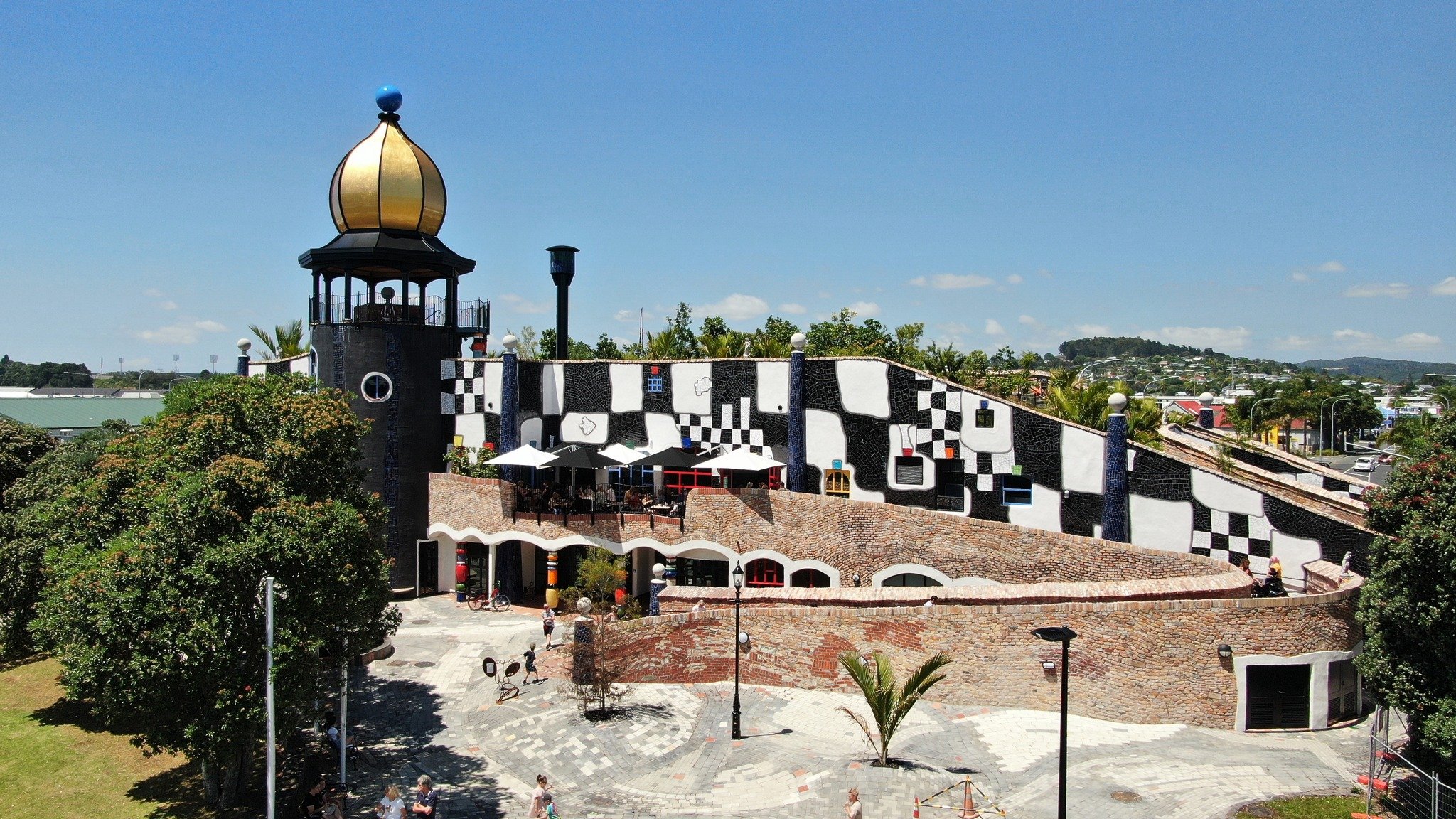Construction Materials For a More Sustainable Future
The building and construction sector accounted for 37 per cent of global energy-related carbon dioxide emissions in 2021. One way the New Zealand construction industry can contribute towards reducing these emissions is by focussing on using materials that provide the most sustainable future.
Here are a few examples of building materials that are already being used to make a difference to the carbon footprint of construction:
Timber: While forestry has been in the news recently, timber is both renewable and sustainable, so its use as a core construction material is continuing to grow around the world. Timber buildings can be built quickly, have a low carbon footprint, and with technology like CLT (compressed linear timber) it is starting to replace steel - even in larger buildings. NZ Company RegStag have recognised this with significant investment in their Rotorua CLT plant, as this trend continues to grow.
Recycled Materials: Using recycled materials, such as recycled steel and concrete, can reduce the environmental impact of construction and help to reduce waste. Even polystyrene packaging can be recycled to be used as insulation in other buildings.
Insulated Concrete Forms (ICF): Speaking of polystyrene, ICF is a building system that uses polystyrene foam blocks to create insulated walls. This system, is not only less labour intensive to build, the end result is a much more energy efficient building that can significantly reduce the energy consumption over the life of the building.
Green Concrete: Green concrete is a sustainable alternative to traditional concrete, and uses recycled materials to reduce the amount of cement needed in the production process. THis in-turn results in a lower carbon footprint.
Green Roofs: Green roofs involve covering roofs with vegetation, which can reduce energy consumption and improve air quality. They also provide a natural habitat for birds and insects. Our favourite Green Roof in NZ is on the Hundertwasser, built by Trigg Construction in Whangarei.
Green roof on the Hundertwasser Art Centre, Whangārei.
New Zealand construction can do more to ensure that we have a lower environmental impact, and using more sustainable materials are just a start. The focus on sustainability will only increase as all stakeholders including consumers, employees, communities, corporates, government, and shareholders all start to demand that the buildings they occupy are sustainable, energy efficient, and built with a low carbon footprint.


